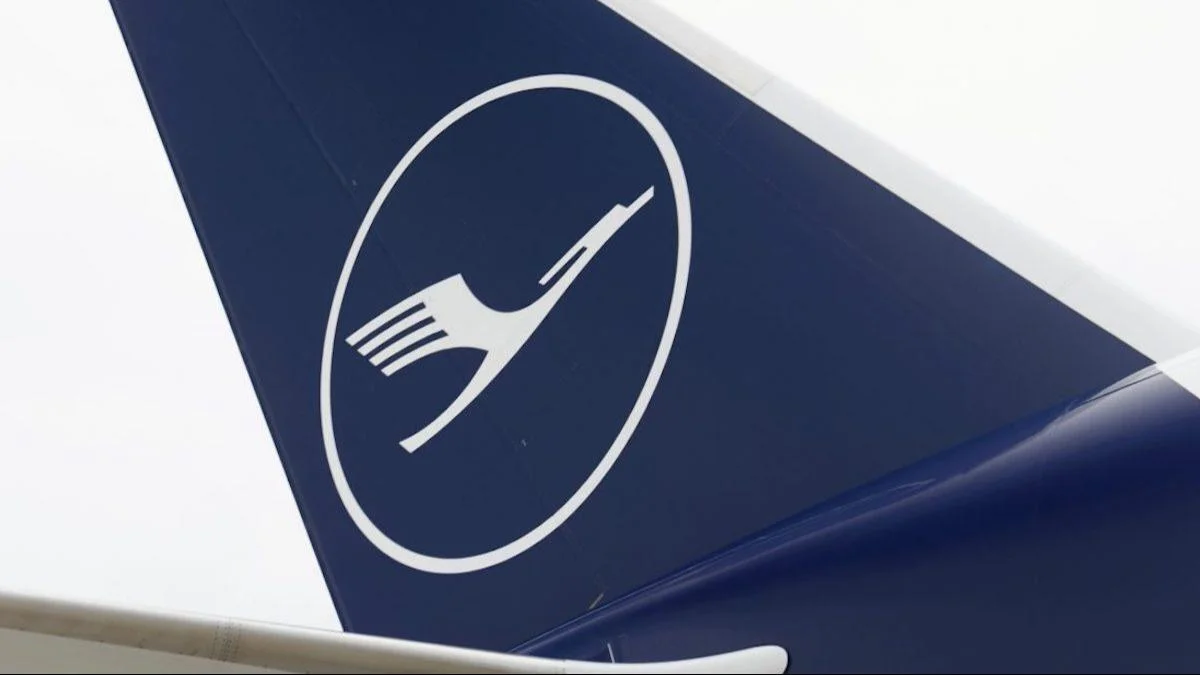As China grows as a near-peer adversary, the US military is focusing on countering threats in the Asia-Pacific region. Rapid deployment across isolated islands in the Pacific would be crucial in any conflict. Current naval and air assets require significant infrastructure support, which could be a liability if ports or airfields are attacked.
To mitigate this vulnerability, DARPA is developing the "Liberty Lifter" X-Plane to bridge sea and air transport gaps using ground effect technology. AFSOC is working on a floatplane variant of the C-130 Hercules. Both aim to enhance mobility with short takeoff and landing capabilities adaptable to various conditions.
A recent NavalNews.com report indicated no active requirement from the US Navy for such aircraft but noted DARPA's efforts to evaluate designs for minimal port reliance cargo delivery. DARPA has contracted General Atomics and Aurora Flight Sciences to develop prototypes capable of carrying 100 tons with maritime construction techniques.
AFSOC's MC-130J Super Hercules model awaits funding for further development after refining its design with industry experts. This model aims to support special operations, Marine Corps raiders, or sea rescue missions.
The strategic impact of modern heavy-lift seaplanes includes increased mobility for all service branches. The Liberty Lifter could carry armored vehicles across Pacific island chains quickly. Such planes offer logistical advantages by delivering supplies directly during island-hopping campaigns without extensive preparation time.
Amphibious aircraft also provide search and rescue capabilities along with humanitarian assistance potential during disasters when runways are unavailable.
Both DARPA and AFSOC plan to advance their concepts into prototypes. Aurora Flight Sciences President Mike Caimona stated: “Liberty Lifter fills a critical gap between today’s airlift and maritime transport capabilities.”
The International Maritime Organization classifies Ground Effect Vehicles into three types based on operational altitude capabilities.
Budget allocations currently influence project trajectories alongside technological challenges. The Liberty Lifter program is funded through construction completion with first flights targeted around 2027 or 2028 according to DARPA Program Manager Christopher Kent: “We are excited...as they mature their point-of-departure design concepts through Phase 1.”
Meanwhile, AFSOC's MC-130J floatplane project faces delays due to cost-effectiveness evaluations as per Air Force Col T Justin Bronder from SOCOM: “SOCOM is now ‘kind of hitting a pause...’”
Efforts continue amid renewed focus on Pacific deterrence readiness; future developments may see new seaplanes taking flight thanks largely due DARPA’s innovative push within amphibious aviation realms.
 Alerts Sign-up
Alerts Sign-up


































